 Karen
Duquette Karen
Duquette in San Juan, Puerto Rico October 1, 2007 |
|
San Juan is the capital and most-populous municipality in the Commonwealth of Puerto Rico, an unincorporated territory of the United States. San Juan was founded by Spanish colonists in 1521, who called it Ciudad de Puerto Rico (City of Puerto Rico) which means rich port. Puerto Rico's capital is the 3rd oldest European-established capital city in the Americas, after Santo Domingo in the Dominican Republic, founded in 1496, and Panama City in Panama, founded in 1521. San Juan is Puerto Rico's most important seaport financial, cultural, and tourism center. The city occupies 76.93 square miles of which 29.11 square miles is water - San Juan Bay plus two natural lagoons. |
|
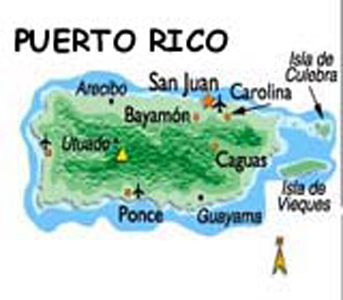  |
|
Below: First Views of San Juan, Puerto Rico from The Liberty of the Seas cruise ship |
|
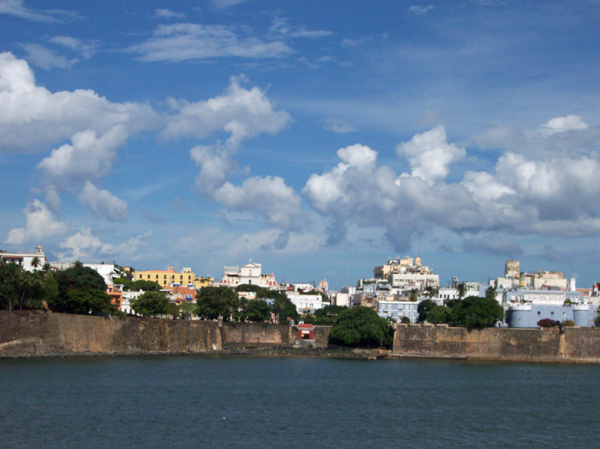 |
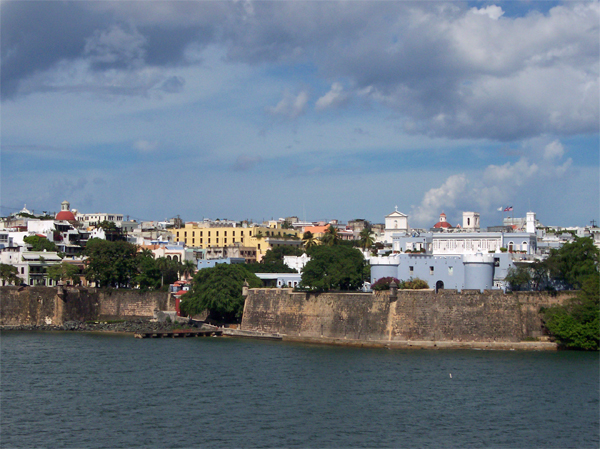 |
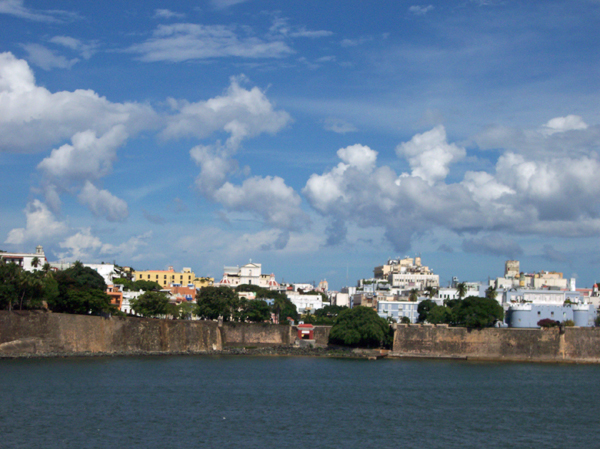 |
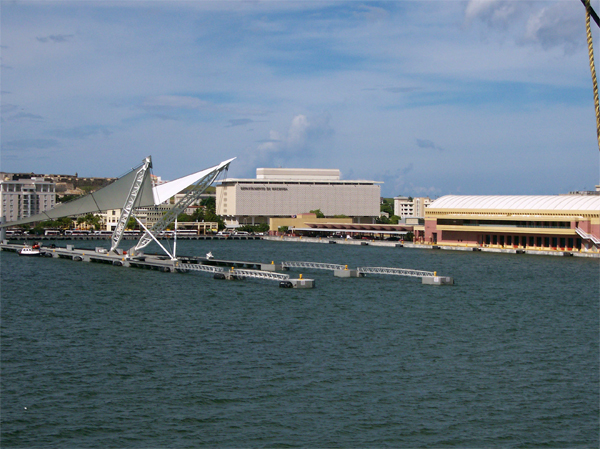 |
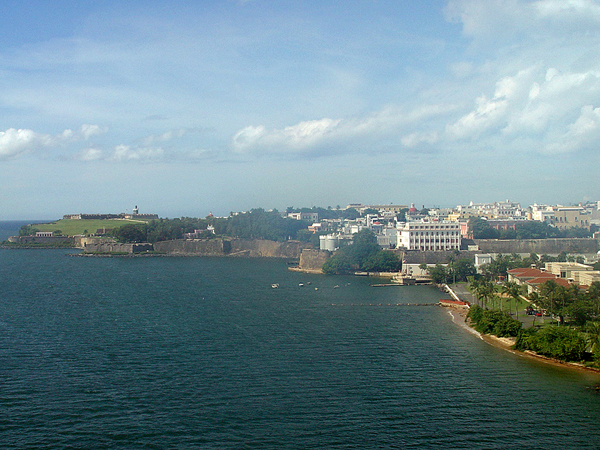 |
 |
Below: First views of Castle San Felipe del Moro as seen from the cruise ship. |
|
 |
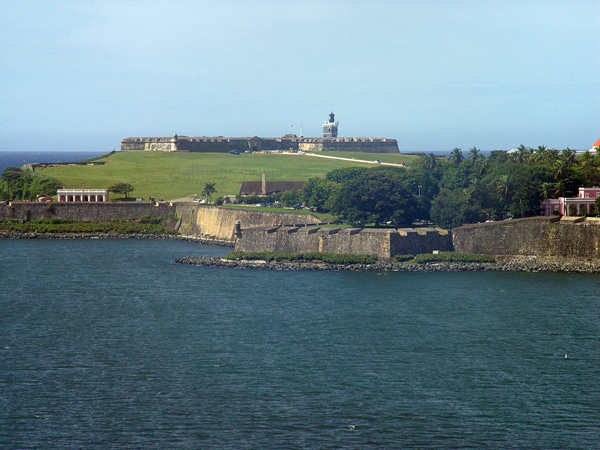 |
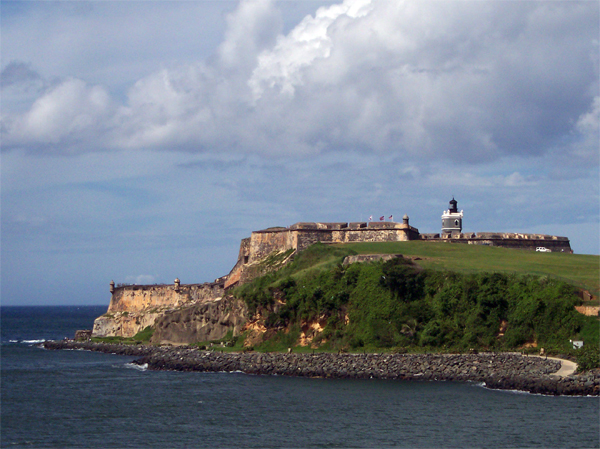 |
|
Below: Approaching the Santa Maria Magdalena de Pazzis Cemetery |
|
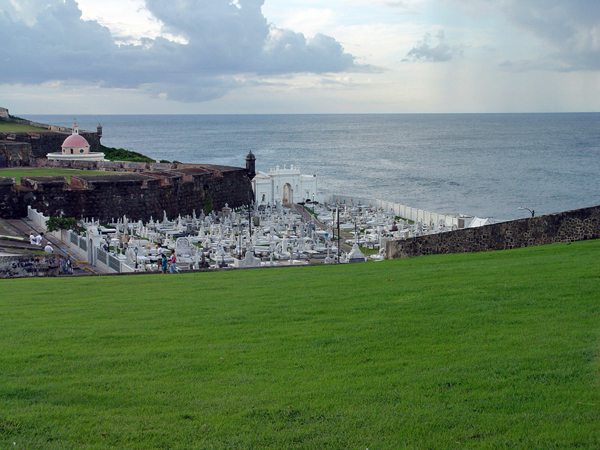 |
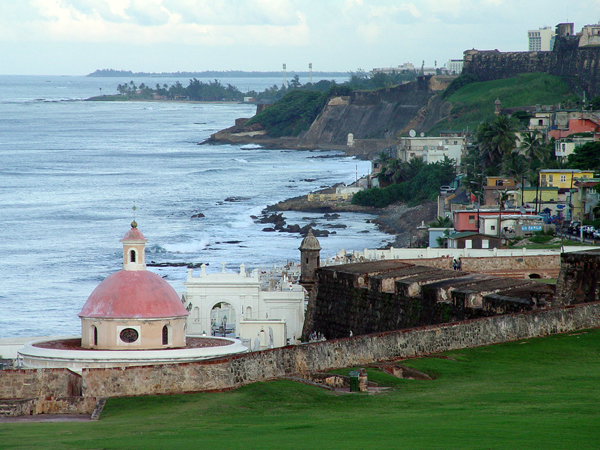 |
Below: Nestled on a hill in front of the blue Atlantic waters is the Santa Maria Magdalena de Pazzis Cemetery. Looking west, the fort of Castillo San Felipe del Morro (El Morrow) can be seen, and that is the next place Karen Duquette and other cruise ship passengers will visit on this date. |
|
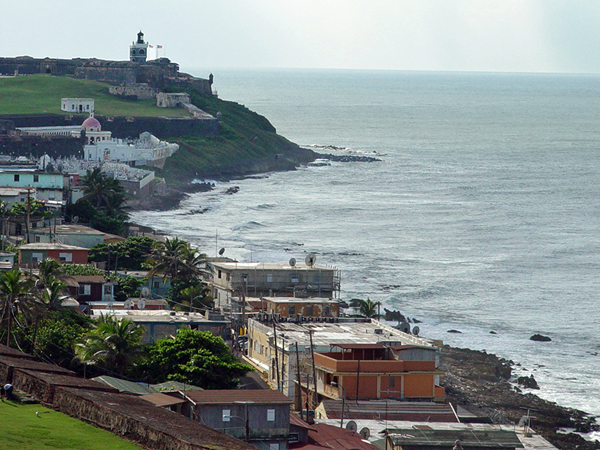 |
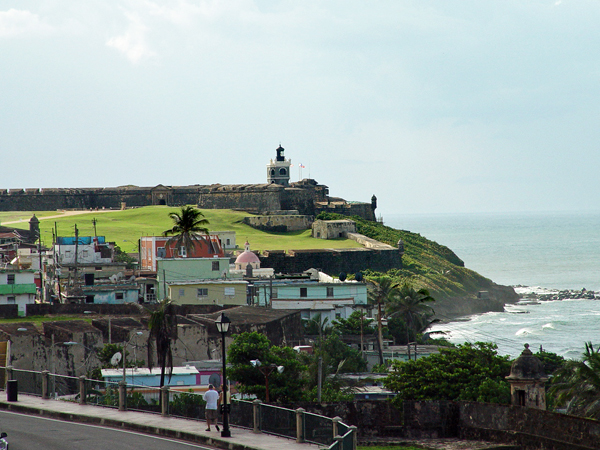 |
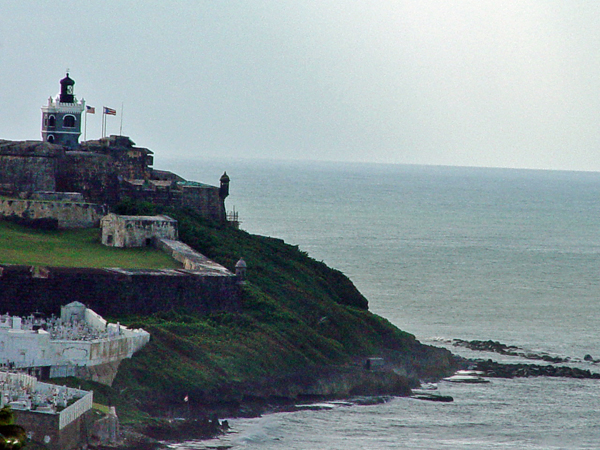 |
|
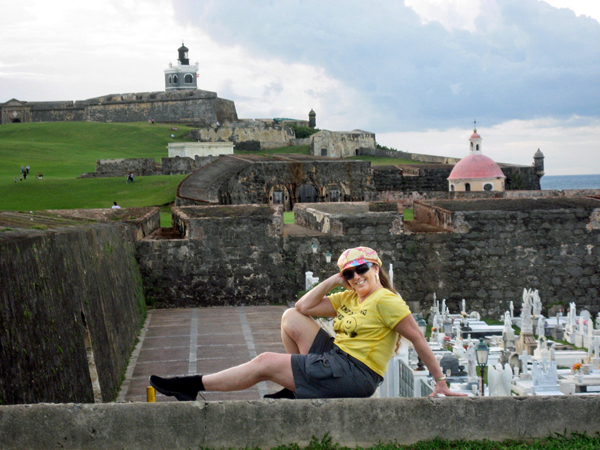 |
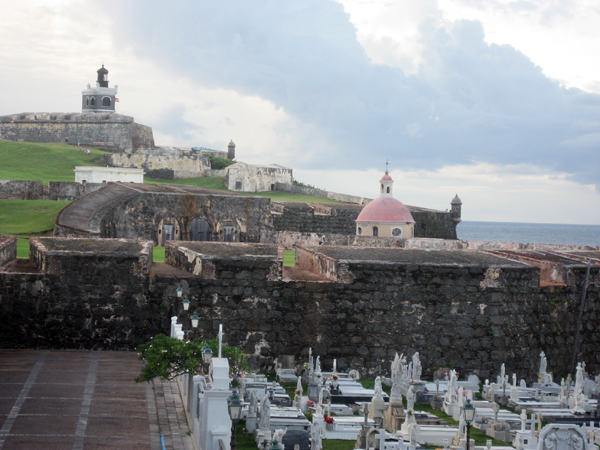 |
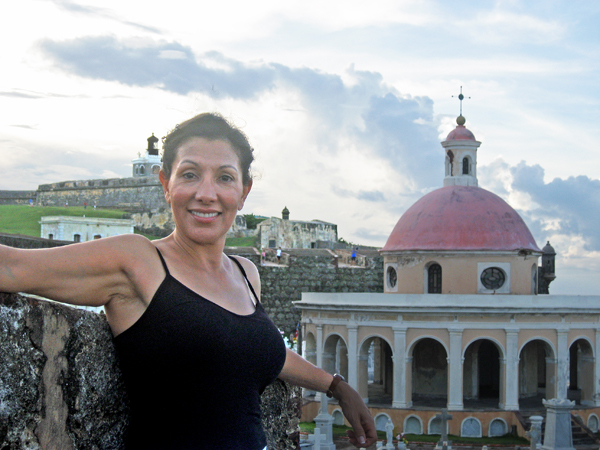 |
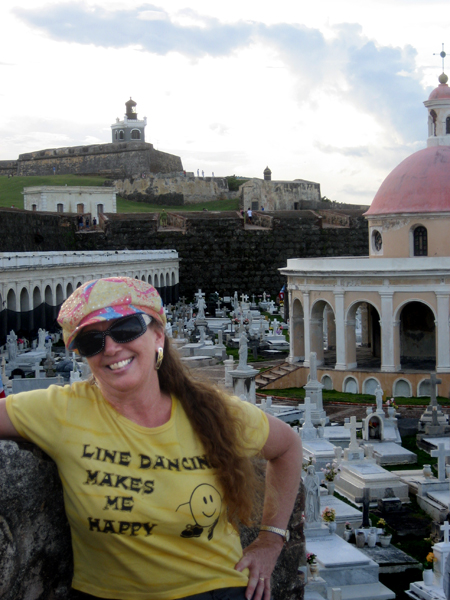 |
Some of the most prominent Puerto Ricans and other "lucky" individuals have a spot in this elegant, one-of-a-kind cemetery. It is named in honor of Saint Maria Magdalena de Pazza and is a famous tourist spot. The oceanfront location of the cemetery is symbolic of the journey over to the afterlife and originates from Spanish superstition and fear of death. It is divided into two parts, the old and new cemetery. The monuments are said to be spectacular, but Karen Duquette and friends did not take time to investigate the monuments. It is not recommend to visit the cemetery alone, or at night. |
|
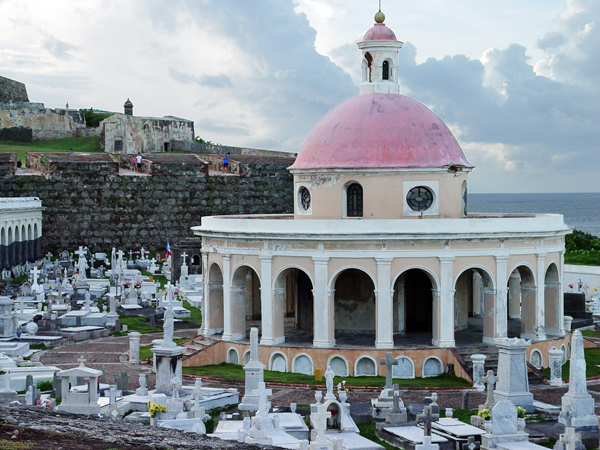 |
|
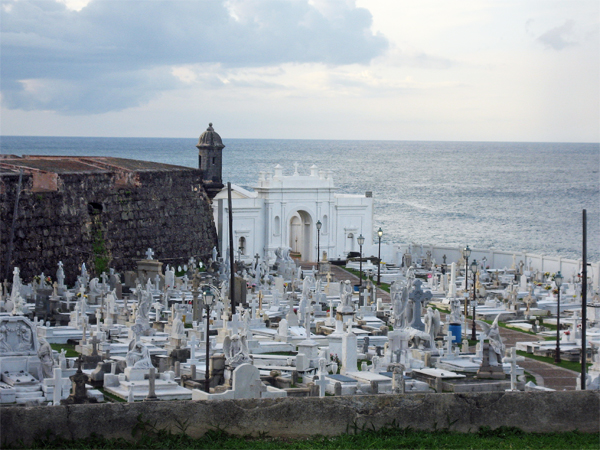 |
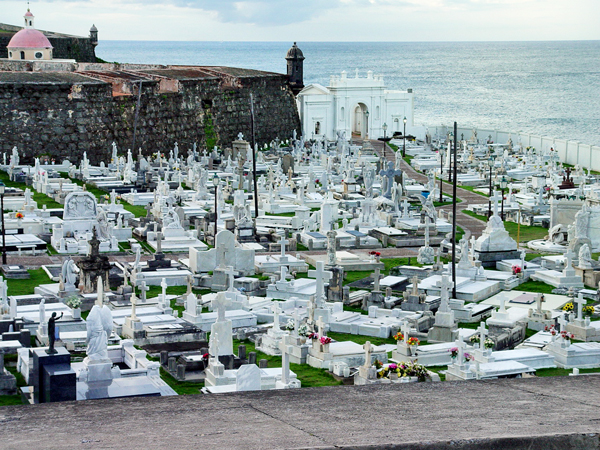 |
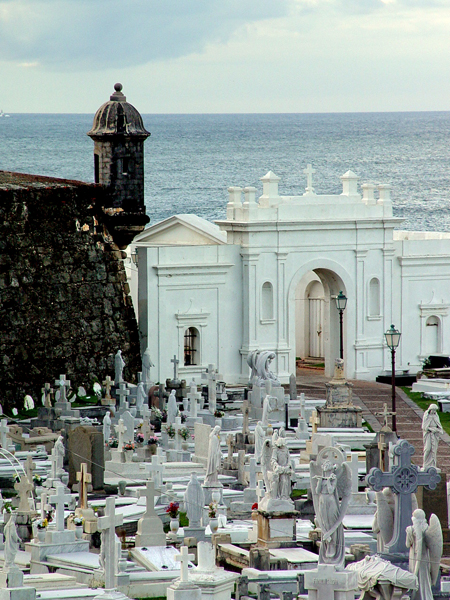 |
|
 |
|
 Continue on to
Continue on to